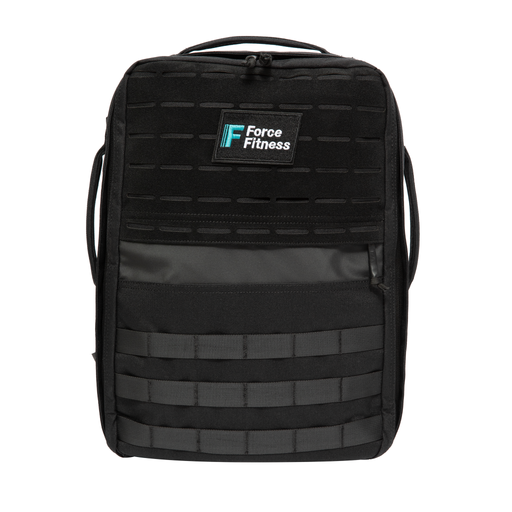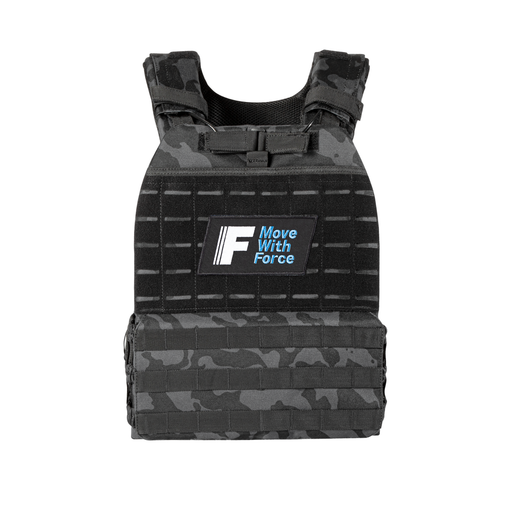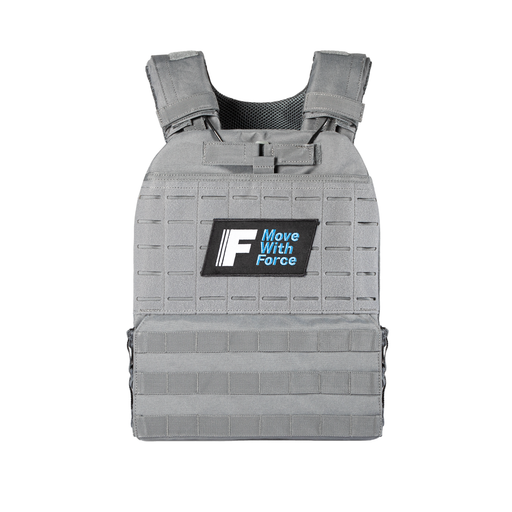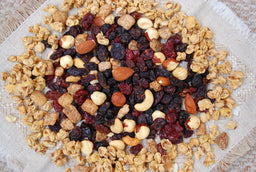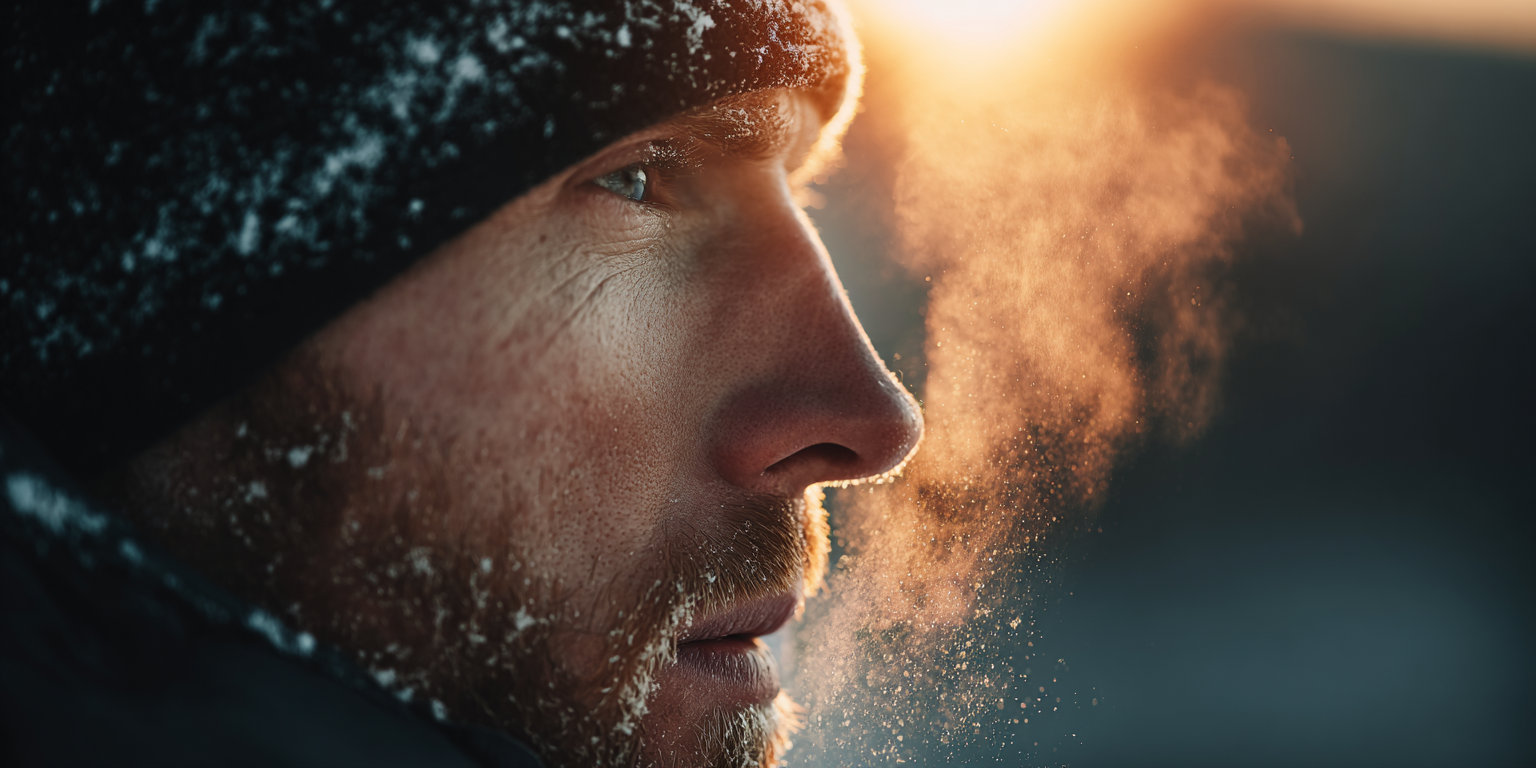
Winter Recovery: How to Keep Joints and Muscles Happy in the Cold
When the temperature drops, training outdoors can feel incredible — crisp air, quiet trails, and the kind of grit that only cold-weather sessions can bring. But winter training also comes with challenges: stiffer joints, tighter muscles, and slower recovery if you’re not careful.
Whether you’re rucking through frosty fields or grinding out functional sessions with your weighted vest, knowing how to protect and recover your body in the cold can mean the difference between progress and pain.
Let’s break down what the science says about recovery in winter and how you can keep your joints, muscles, and performance firing all season.
Why Winter Makes Recovery Harder
Cold weather affects more than motivation — it changes how your body works.
-
Reduced blood flow: When it’s cold, blood vessels constrict (vasoconstriction), which limits oxygen and nutrient delivery to muscles. This slows recovery and increases stiffness.
-
Lower muscle temperature: Cooler muscles are less elastic, which can raise the risk of strains and delayed onset muscle soreness (DOMS). A study in Frontiers in Physiology (2019) found that muscle power and flexibility decrease significantly when body temperature drops.
-
Dehydration risk: Cold air holds less moisture, and you often don’t feel as thirsty — but dehydration is still common and impairs muscle recovery and joint lubrication.
-
Vitamin D deficiency: Less sunlight in winter can reduce vitamin D levels, which play a role in muscle function, immune health, and inflammation control (Journal of the International Society of Sports Nutrition, 2018).
Bottom line: winter is tougher on the body — but with the right approach, it’s also an opportunity to train smarter and build resilience.
1. Warm Up Smarter, Not Harder
Before you even think about going heavy, warm up like a professional athlete. In the cold, your warm-up matters twice as much.
Try this quick pre-session protocol:
-
5–10 minutes of brisk walking or rucking to raise core temperature.
-
Dynamic mobility — leg swings, shoulder rotations, and arm circles.
-
Resistance band activation drills (hips, glutes, shoulders) — great for joint stability. Try using Force Fit resistance bands for targeted prep.
-
Short dynamic sets of your main movement (air squats, push-ups, dips) at low intensity before loading up.
Warming up increases muscle temperature, improves nerve conduction velocity, and makes connective tissue more pliable — all of which reduce injury risk and improve performance.
2. Keep Moving Between Sessions
Recovery isn’t about doing nothing — it’s about doing the right amount of something.
Active recovery improves circulation, helps remove metabolic waste, and reduces stiffness. Studies show that low-intensity exercise enhances recovery and reduces soreness better than complete rest (Journal of Strength and Conditioning Research, 2012).
Great winter active recovery ideas:
-
Rucking with a light vest (5–10% of your bodyweight) — adds gentle load without overtaxing the nervous system.
-
Mobility circuits — combine squats, lunges, planks, and shoulder rolls to keep blood flowing.
-
Walking outdoors — fresh air, sunlight, and gentle movement support both physical and mental recovery.
3. Nutrition That Fuels Recovery
Cold-weather training burns more energy — your body expends extra calories maintaining its core temperature. Supporting recovery through nutrition becomes even more crucial.
-
Protein: Aim for 1.6–2.0 g per kg of bodyweight daily to support muscle repair.
-
Collagen + Vitamin C: Research suggests collagen supplementation (10–15g) taken 30–60 minutes before training, paired with vitamin C, supports tendon and ligament health (American Journal of Clinical Nutrition, 2019).
-
Omega-3 fatty acids: Reduce inflammation and support joint function (British Journal of Nutrition, 2020).
-
Hydration: Drink regularly even if you’re not sweating much — cold air dehydrates subtly. Include electrolytes on long rucks.
-
Vitamin D: Supplement if you’re not getting sunlight exposure — it directly supports muscle recovery and immune resilience.
4. Recovery Tools and Techniques That Work
-
Contrast therapy (hot/cold exposure): Alternating between heat and cold promotes circulation and may reduce inflammation.
Compression and mobility: Using resistance bands or compression sleeves helps with recovery by improving venous return and tissue mobility. -
Sleep: The ultimate recovery tool — deep sleep drives muscle repair and growth hormone release. Aim for 7–9 hours consistently.
If you’re looking to take recovery further, consider post-training cooldowns with mobility work or light stretching while wearing a weighted vest to add gentle resistance.
5. Supplements That Support Winter Recovery
When used smartly, supplementation can give your recovery routine a boost:
|
Supplement |
Benefit |
Study Reference |
|
Vitamin D3 |
Supports muscle strength and immune function |
Nutrients, 2020 |
|
Collagen Peptides + Vitamin C |
Promotes joint and tendon repair |
Am J Clin Nutr, 2019 |
|
Omega-3 (EPA/DHA) |
Reduces inflammation & soreness |
Br J Nutr, 2020 |
|
Magnesium Glycinate |
Aids relaxation, muscle recovery, and sleep quality |
Nutrients, 2022 |
6. Dress and Train Smart
Cold muscles and stiff joints are often a result of poor layering. Choose breathable, moisture-wicking clothing, and protect hands, knees, and ankles — common pain points in cold weather.
Consider training outdoors with weighted vests and functional training gear to keep intensity up while maintaining warmth and mobility.
Winter training builds resilience — but recovery is where the real gains happen. Cold weather slows blood flow and joint mobility, but with smart warm-ups, proper nutrition, active recovery, and the right gear, you can keep your body feeling strong, supple, and pain-free all season.
The Force Fit philosophy is simple: you don’t need to stop when it gets cold — you just need to train smarter and recover better. Layer up, load up, and keep moving through the winter months. Your joints (and your spring performance) will thank you.






